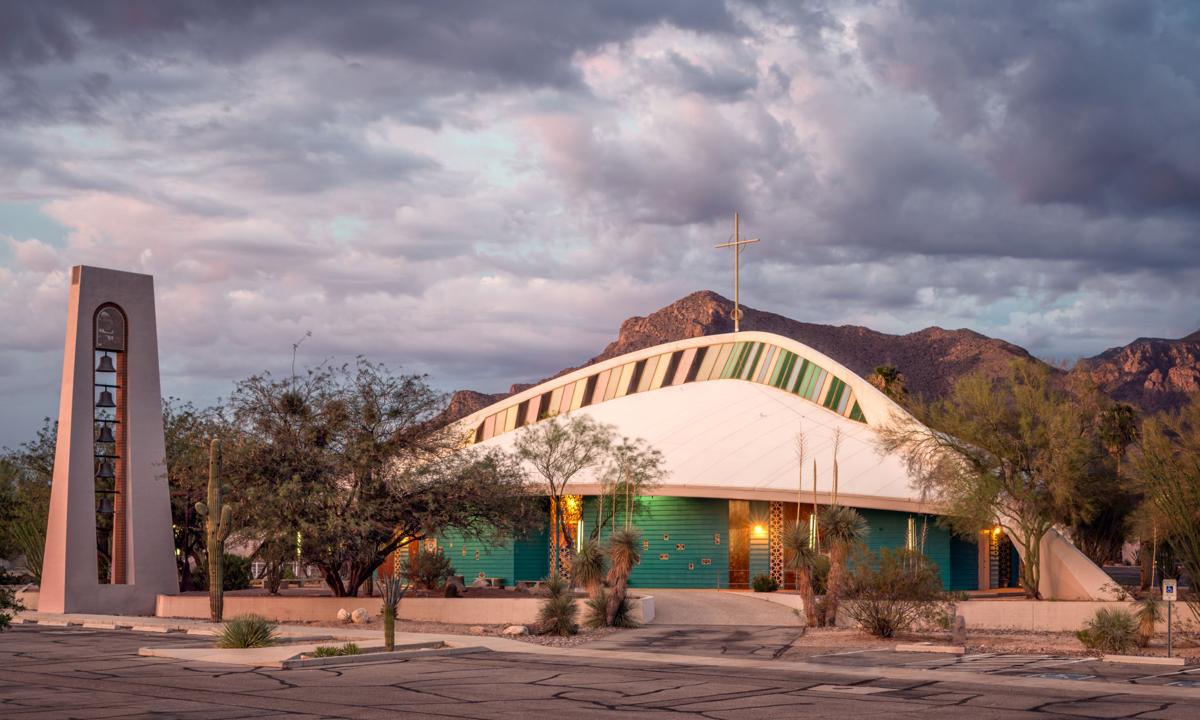Like many of the big festivals and events that were slated to take place in person this fall before COVID-19, Tucson Modernism Week has opted to go almost entirely virtual this year.
It’s a format that has its advantages, says Demion Clinco, CEO of the Tucson Historic Preservation Foundation, the nonprofit organization that spearheads the annual event.
For one, Modernism Week, a celebration of the architecture, style and design work found in Tucson from right after World War II to the 1970s, reaches a wider audience online.
All of the lectures, tutorials and other related activities, taking place Nov. 6-8, are free to attend once guests register at tucsonmod.com. They are open to anyone, and since they are being held online, potentially hundreds of people can join any one event.
“The pandemic and lockdown made us reexamine how we can provide to the community incredible content and get people who may never have thought to visit Tucson before to see how amazing our historic assets are,” Clinco said. “Hopefully, when the pandemic is over, they’ll come and see it in person.”
Going virtual has also allowed organizers to take a much deeper dive into the subject matter they are covering.
Modernism’s virtual home tour, which launches Nov. 8, for example, will take participants through seven homes showcasing the architectural and design work of known names, such as Arthur T. Brown, Judith Chafee and Tom Gist.
Using a software platform called Matterport, which is specifically designed for virtual tours, each house you enter online will have embedded tabs, offering information about everything from the house to the furniture to the cars out front, and interviews with the homes’ current owners, historians and family members of the architects.
The tour can be taken using your computer, your phone or through the use of Oculus virtual reality headsets.
“We’ve been able to embed incredible information about each of the houses, including historic photographs and architectural plans,” Clinco said. “There is a very intimate aspect to it. We are trying to engage all of the senses and not just have it be a standard experience.”
Among some of the other events to check out:
- A cocktails after dark series launching Nov. 6 that will offer online classic cocktail demonstrations created at several midcentury bars around town.
- A series of lectures, also online, including one on Tucson’s neon signage and a talk covering Mojave Modern and Sonoran Style architecture, found in cities like Tucson and Palm Springs, given by historian Alan Hess.
“Alan Hess is really an expert on the development of West Coast Modernist architecture,” Clinco said. “We have a robust lineup of amazing speakers from all around the country; some of the top experts in Modernism.”
- Several self-guided driving tours, including one on modernist religious institutions in Tucson, one on neon signs and another on midcentury modern neighborhoods, where participants can travel to destinations using guidebooks downloaded from the Tucson Modernism Week website.
Clinco said the new technology being employed this year might be used in future Modernism Week events.
“These new tools will allow us to create hybrid programming,” he said. “In crisis comes breakthrough.”





